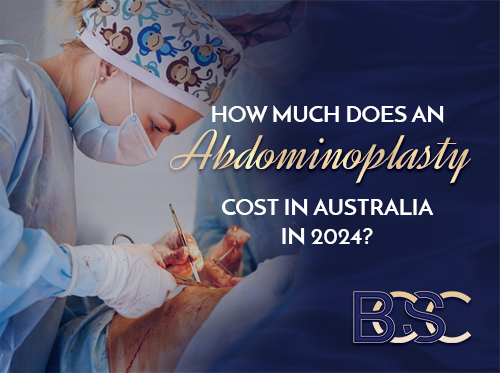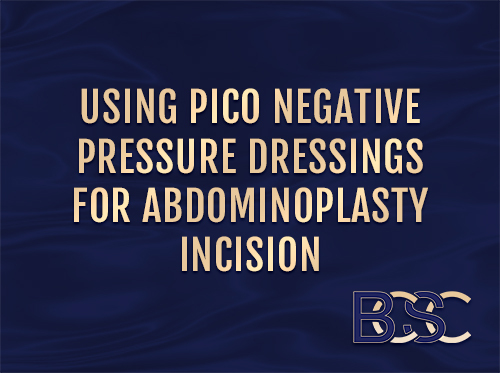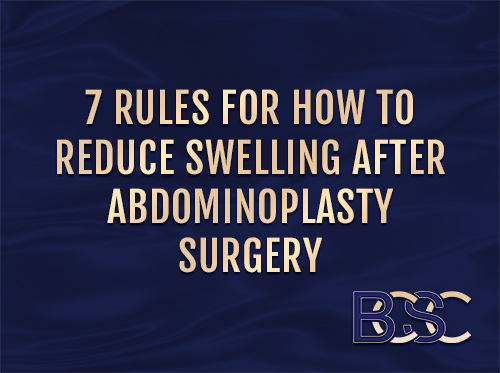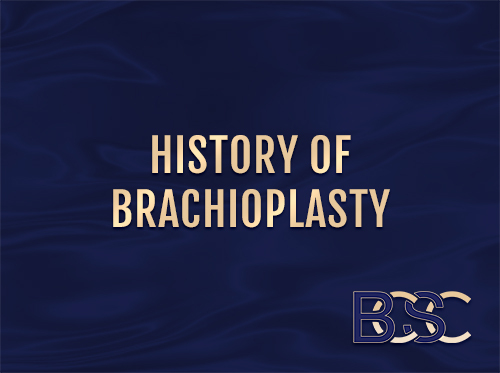
Preventing, Diagnosing, and Managing Nerve Injury After Brachioplasty Surgery
Preventing, Diagnosing, and Managing Nerve Injury After Brachioplasty Surgery Brachioplasty, when conducted by experienced practitioners, is associated with predictable outcomes and manageable risks, although, though rare, nerve injury is possible. The most common nerve injury affects the medial antebrachial cutaneous nerve since it is found within the dissection plane. Nerve…
How Much Does an Abdominoplasty Cost in Australia 2024?
How Much Does an Abdominoplasty Cost in Australia 2024? One of the greatest factors patients must consider when contemplating abdominoplasty surgery is cost. Abdominoplasty surgery is a procedure designed to remove excess skin and fat in the abdomen, upgrade abdominal contour, and repair separated abdominal wall muscles. It is among…
When Can I Go Back to Work After an Abdominoplasty?
When Can I Go Back to Work After an Abdominoplasty? The decision to undergo abdominoplasty involves careful consideration and planning. While the physical aspect is a significant part of the surgical procedure, most patients contemplate its impact on their daily lives, like work commitment. Ideally, most patients allocate about 4…
Using PICO Negative Pressure Dressings for Abdominoplasty Incision
Using Closed‑Incision Negative Pressure Therapy (PICO™) After Abdominoplasty This page explains how and why our surgeons may use single‑use closed‑incision negative pressure therapy (ciNPT), such as the PICO™ system, after abdominoplasty (tummy tuck/abdominoplasty). It is general information only and does not replace a consultation. What is closed‑incision negative pressure therapy?…
How Fashion Affects Abdominoplasty Scar Placement
How Fashion Can Influence Abdominoplasty (Tummy Tuck) Scar Placement Like any surgical procedure, an abdominoplasty (commonly called a tummy tuck) leaves a scar. The scar is typically a horizontal line across the lower abdomen. For many patients, one consideration is how the scar may sit in relation to their…
Getting Medicare to Cover Your Abdominoplasty, What are the Rules?
Medicare and Abdominoplasty (Tummy Tuck): Understanding the Rules in Australia Introduction: Why This Matters For many people considering abdominoplasty, one of the first questions is: “Will Medicare cover my surgery?” The answer is not straightforward. Medicare rebates only apply in very specific circumstances where the procedure is considered medically necessary….
7 Rules for How to Reduce Swelling After Tummy Tuck Surgery
7 Rules to Help Reduce Swelling After Abdominoplasty Surgery Swelling is a normal and expected part of recovery after abdominoplasty (tummy tuck) surgery. It usually affects not only the incision line but also the entire abdominal region. If liposuction is performed at the same time, swelling may be more noticeable….
What Is the Proper Abdominoplasty Aftercare?
Proper Aftercare Following Abdominoplasty (Tummy Tuck) Surgery Recovering from an abdominoplasty (tummy tuck) requires careful attention to aftercare. Following the guidance of your specialist surgeon is the best way to support healing, protect your incision, and minimise the chance of complications. Abdominoplasty procedures usually take between 2 to 6 hours,…
The History of Brachioplasty Surgery
The History of Brachioplasty (Arm Lift) Surgery Brachioplasty has evolved over nearly a century. Early descriptions in the 1930s focused on removing excess tissue of the upper arm. Over time, surgeons explored new incision patterns, improved understanding of the superficial fascial system, and integrated suction‑assisted lipectomy to address excess fat….
Abdominoplasty After C-Section
Abdominoplasty (Tummy Tuck) After a C-Section The journey through pregnancy and childbirth can bring profound changes to a woman’s body. For those who have delivered by caesarean section (C-section), it is common to notice ongoing abdominal concerns such as excess skin, weakened muscles, and visible scarring. Many women begin to…







